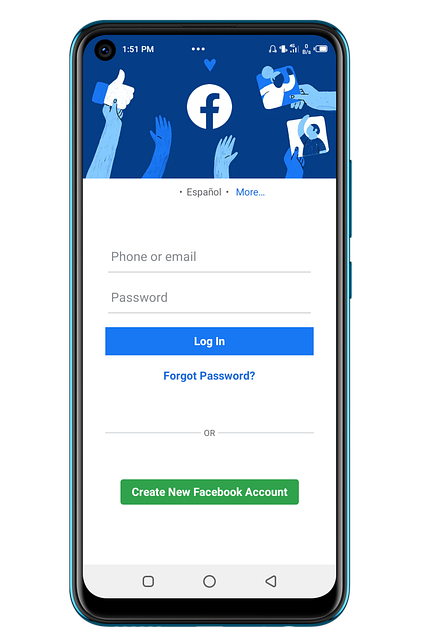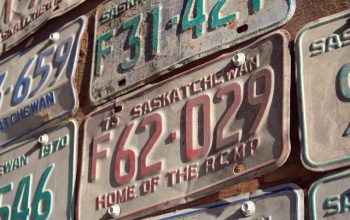Before visiting your local DMV, research specific registration requirements and gather essential documents like purchase agreements, insurance information, and valid ID. Bring these documents during your appointment to complete paperwork and obtain legal operating documents. Utilize online resources and dedicated lanes for a smoother process. Accurately fill out registration forms and pay state fees to finalize car ownership. Keep records of your payment for future reference.
Thinking of hitting the open road in your newly purchased car? Navigating the vehicle registration process is a crucial step that ensures you’re legal and safe on the highways. With recent automation efforts by Department of Motor Vehicles (DMVs), the once cumbersome task has become more streamlined. This guide breaks down the essential steps, from understanding requirements to obtaining license plates, ensuring your transition to car ownership is smooth and efficient, leaving you less time spent waiting and more time enjoying your new ride.
- Understand DMV Registration Requirements
- Gather Necessary Documents
- Visit Your Local DMV Office
- Complete the Registration Forms
- Pay Registration Fees
- Obtain Your License Plates
Understand DMV Registration Requirements

Before heading to your local DMV, it’s crucial to familiarize yourself with the registration requirements specific to your area. These can vary greatly from state to state or even within different regions of a single state. Common necessities include proof of vehicle ownership, such as a purchase agreement or bill of sale, and valid identification documents like a driver’s license or passport. Additional paperwork might be needed for first-time registrations or if you’re transferring a title. Check the DMV’s website for detailed lists tailored to your location.
Understanding these requirements beforehand saves time during your visit. It also ensures that you bring all the necessary documents, avoiding delays and potential complications. With automation in place, many DMV services are now faster and more efficient than ever, but being prepared still makes navigating this essential task smoother and less stressful.
Gather Necessary Documents

Before you start the vehicle registration process, it’s crucial to gather all the necessary documents. This includes your vehicle’s purchase agreement or bill of sale, which details the car’s make, model, year, and price. You’ll also need proof of insurance, which confirms that your new car is covered for liability and any other required coverage. Don’t forget to bring along your valid driver’s license and identification documents, such as a passport or state ID card. These are typically requested by the DMV to verify your identity and ensure that you’re eligible to register a vehicle in your name.
Visit Your Local DMV Office

When it comes to purchasing a new car, visiting your local DMV office is an essential step in the registration process. This in-person visit allows you to complete crucial paperwork and obtain the necessary documents to legally operate your vehicle. During your appointment, be prepared to present important documents like proof of purchase, insurance information, and identification. The DMV staff will guide you through the specific requirements for your state, ensuring that all forms are accurately filled out.
Take advantage of this opportunity to familiarize yourself with the local DMV procedures. You can often find helpful resources and checklists on their websites, making the registration process smoother. Many DMVs also offer dedicated lanes or services for new vehicle registrations, prioritizing these tasks to expedite your visit. By being well-prepared and understanding the steps involved, you can ensure a stress-free transition from car buyer to road-ready driver.
Complete the Registration Forms

When preparing to register your new car, one of the initial steps is to gather and complete the necessary forms. These documents typically include a vehicle registration application, which asks for details about the car itself, such as its make, model, year, and VIN (Vehicle Identification Number). You’ll also need to provide personal information, like your name, address, and driver’s license number. Filling out these forms accurately and completely is crucial to ensure a smooth registration process.
Many DMVs now offer online registration options, which can save you significant time and effort. You can access the required forms on the official DMV website, fill them out electronically, and even submit them digitally. This modern approach streamlines the entire registration process, making it more convenient for both you and the DMV.
Pay Registration Fees

Before you can officially call your new car yours, there’s one crucial step left: paying the registration fees. These fees vary by state and vehicle type, so it’s essential to check with your local Department of Motor Vehicles (DMV) for exact amounts. Generally, expect to pay a base fee for registration plus additional charges based on factors like vehicle age, emissions standards, and fuel type. Some states offer discounts or waivers for certain groups, such as military personnel or seniors, so be sure to inquire about these options.
Once you’ve gathered the necessary funds, payment can often be made online through the DMV website, making the process quick and convenient. Alternatively, you may pay in person at your local DMV, over the phone, or by mail, depending on their accepted methods. Always keep records of your payment for your own files and to provide proof of registration when needed.
Obtain Your License Plates




